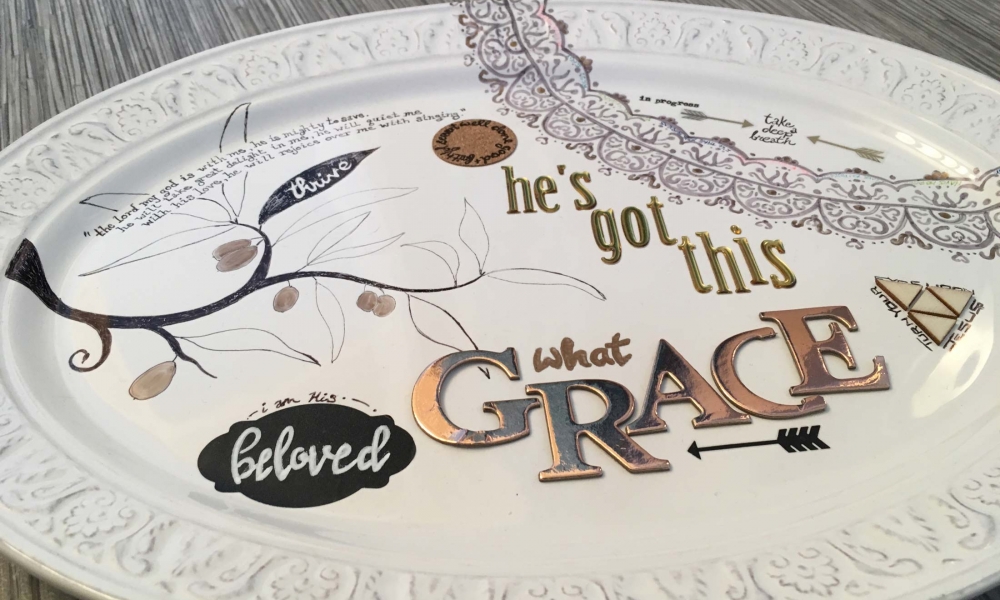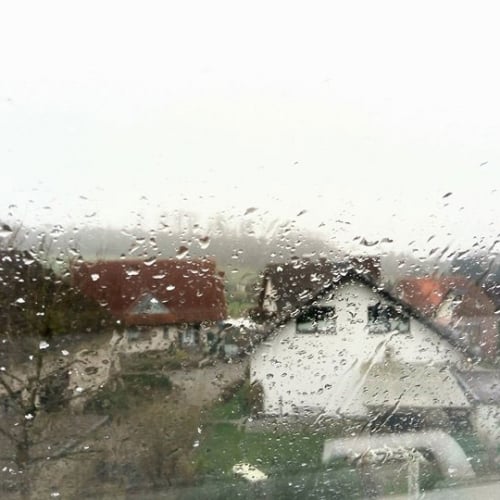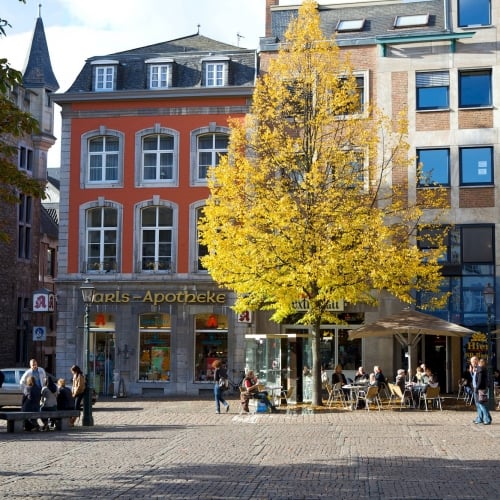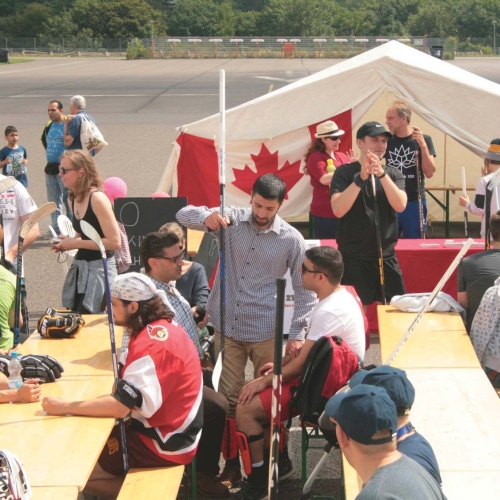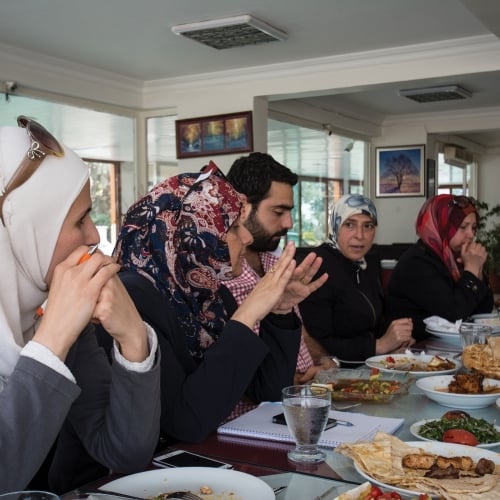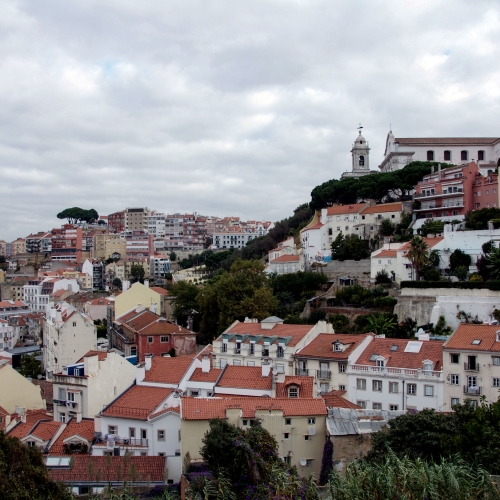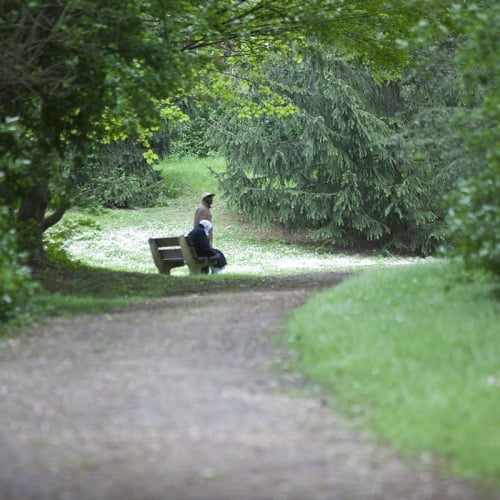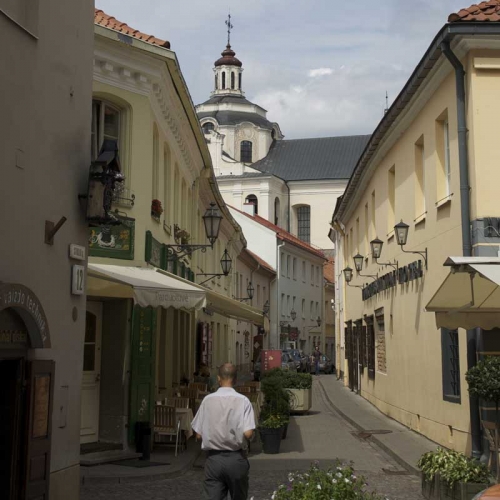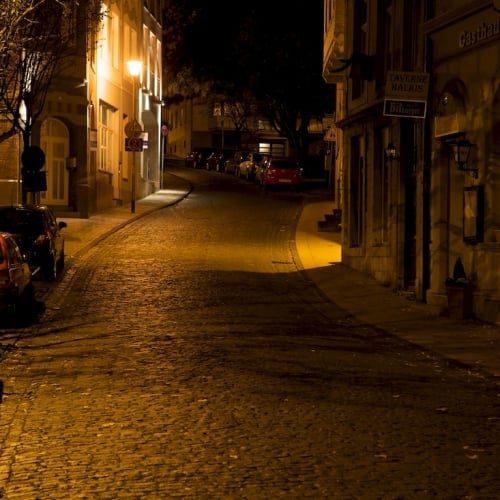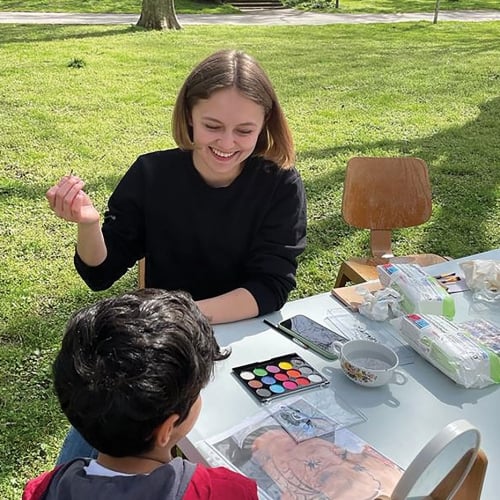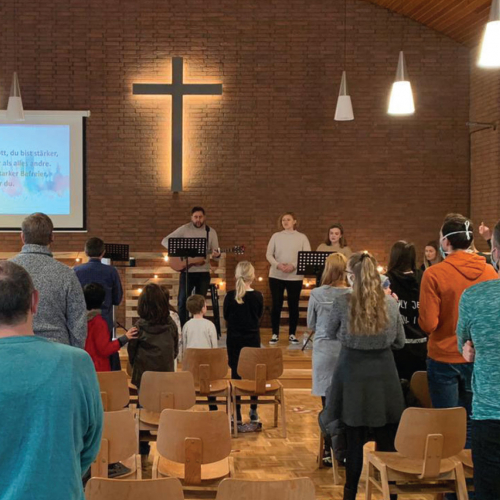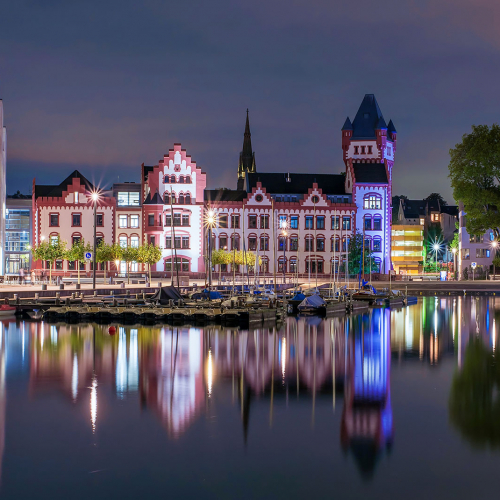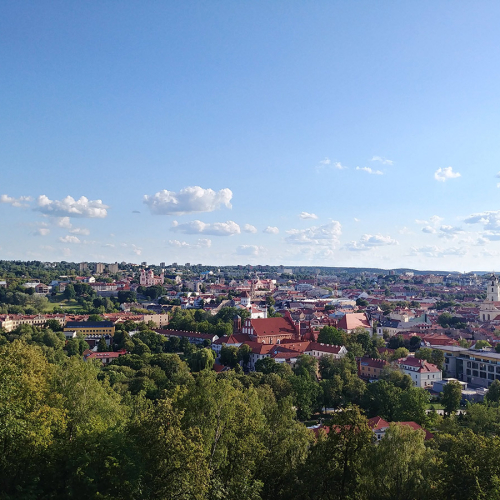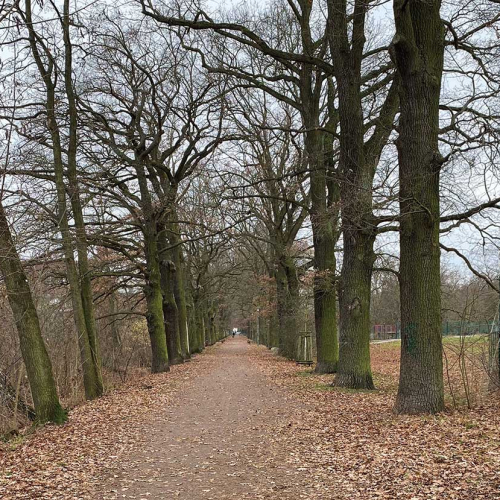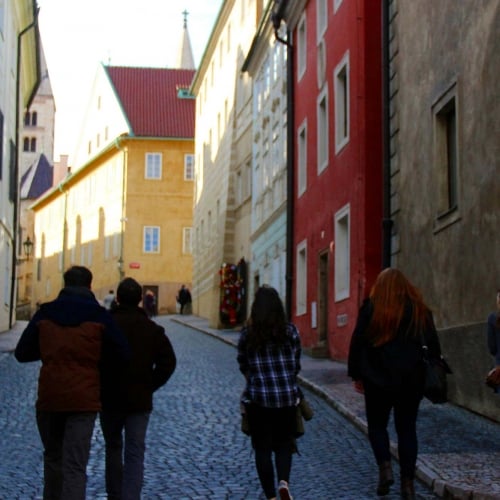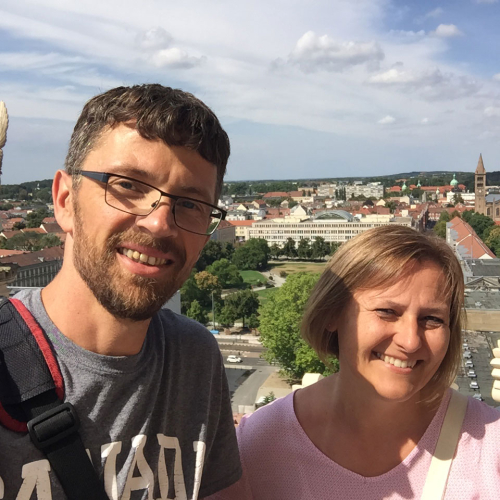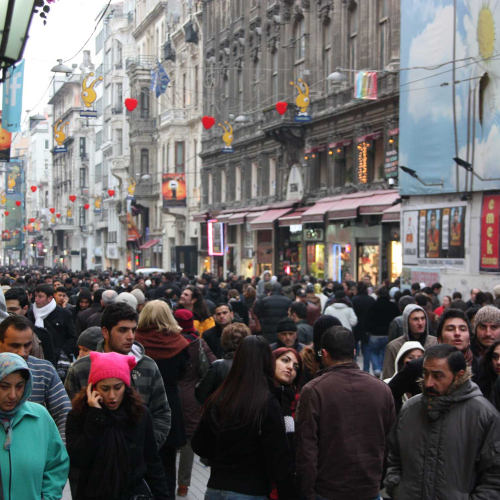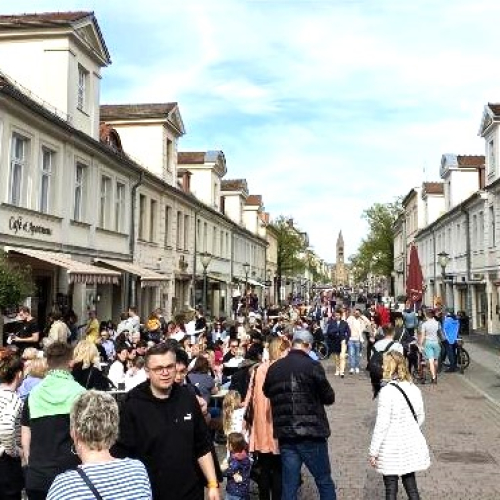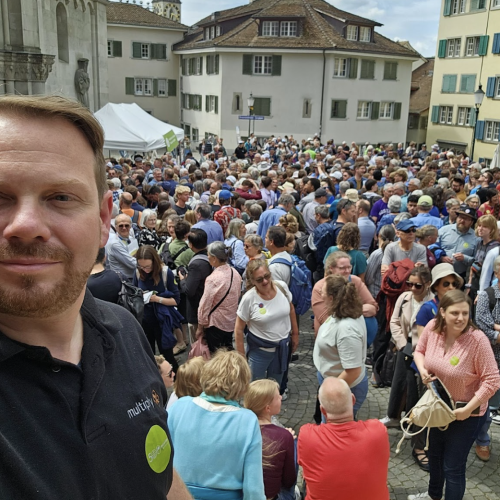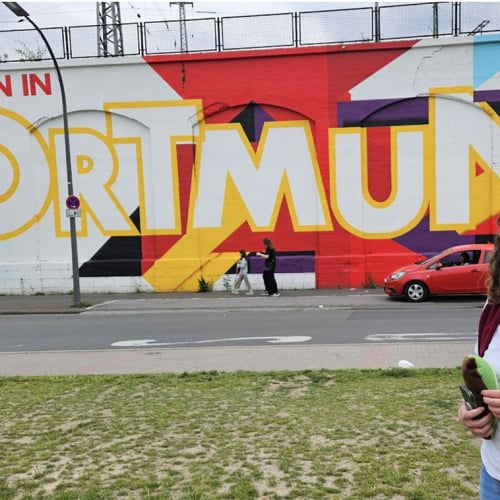After serving with Multiply in Central Asia for seven years, Ruth and her family returned to Canada in 2016.
Last week, my daughter, Abbie, and I spent a couple of hours repairing some broken pottery. Mine was an earthenware serving platter – an anniversary gift from my husband when we still lived in Central Asia. Abbie’s was a white ceramic moose that had made the trip back to Canada last year. Both items had been damaged in our travels. We glued the pieces together and then highlighted the cracks with pretty colours and patterns. Yes, we highlighted the cracks.
We were inspired by a Japanese art technique called Kintsugi which takes broken pottery and repairs it with powdered gold, silver, or platinum mixed with lacquer. Each crack, break, and chip is highlighted with ribbons of gold. The finished products are truly stunning. I love this concept of treating breakage and repair as part of the history of an object, rather than something to disguise. The end result is a work of art that is even more beautiful because it was broken.
As my daughter and I repaired our sentimental pieces of pottery, we talked about some of the areas in our lives that also felt broken, chipped, or fragile as we have transitioned back to Canada. We talked about how hard it was to say goodbye to our home and our friends in Central Asia. Some of the wounds and fractures felt beyond repair. Many of our hopes and dreams for our ministry in Central Asia were left unfulfilled.
Abbie and I helped each other to think of ways that God has been mending those broken places in our hearts. We were reminded of several good things that have started to fill those cracks and crevices. We admitted that it is in our brokenness that God’s light and love shines through most clearly. Abbie’s moose and my platter reminded us of the journey that God had taken us on over the past year. Our Heavenly Father has been making us into works of art that are even more unique and beautiful because of the ribbons of his grace flowing along the places where they have been broken.
When we had finished repairing our pottery, we put them in the cupboard and nearly forgot them. I didn’t know at the time that God had more to teach us through them. During our transition back to Canada, I have been encouraged by the words of Jesus in Matthew 11:28-30: “Come to me, all you who are weary and burdened, and I will give you rest. Take my yoke upon you and learn from me, for I am gentle and humble in heart, and you will find rest for your souls. For my yoke is easy and my burden is light.”
However, there are still days when my yoke feels heavy and ill-fitting on my shoulders. There are days when it feels like I am walking in slavery more than I am walking in freedom. For me, the battlefield is often in my mind. I worry about the opinions of others: Will people think that I am a failure because I came back to Canada? I place unrealistic expectations on myself: I should feel more at home by now. I should be further along in this transition journey. I need to hurry up and find my new mission and purpose here in Canada. These pressures and expectations that I put on myself feel like a heavy yoke on my back.
At a recent Bible study, we talked about the story of Israel and how they had lived in slavery for so long that, even when they left Egypt, their inclination was still to live like they were in bondage. They were always working, doing, producing, and performing. For so long, their value had been based on the quantity of their labor. But God, in his mercy, instituted the Sabbath as a gracious gift that would help to break the chains that remained in their minds and hearts. The essence of the Sabbath was to cease, to stop striving, and to trust, which was extremely difficult to incorporate into their slave mentality. God knew that to experience freedom, they needed to practice the discipline of freedom.
I knew that I needed to practice the same discipline. I needed to stop picking up those heavy, ill-fitting yokes that God never meant for me to carry, those lies and expectations that weighed me down and kept the cracks in my life from healing.
As I spent time with the Father, I came to realize that the only way to prevent myself from putting on the wearisome yoke of slavery was to already have the light and easy yoke of freedom in place. And that right-fitting yoke was God’s truth. If my mind and heart were filled with God’s truth, there would be no room for the lies and false expectations. God did not think of me as a failure. He wasn’t pressing me to heal faster or to have this new season all figured out. Rather, he was walking beside me, feeling every hurt, wiping every tear, gently removing those ill-fitting yokes and replacing them with his rest.
As God’s truth settled into my heart, I wanted to make something tangible to represent this, something that would remind me to choose the discipline of freedom every day, perhaps a collage of Scripture verses, worship songs, promises from God, truths that targeted the areas of bondage and struggle in my mind.
Then I went to the cupboard, looking for my repaired platter. As I took it into my hands, it was like God whispered to my heart, “Yes, the platter is repaired, but I’m not done with it yet.”
As I’ve taken the time to add various truths to this porcelain canvas, this platter has become not only a symbol of God’s grace and restoration in my past journey, but of his truth and strength today and his hope for tomorrow.

